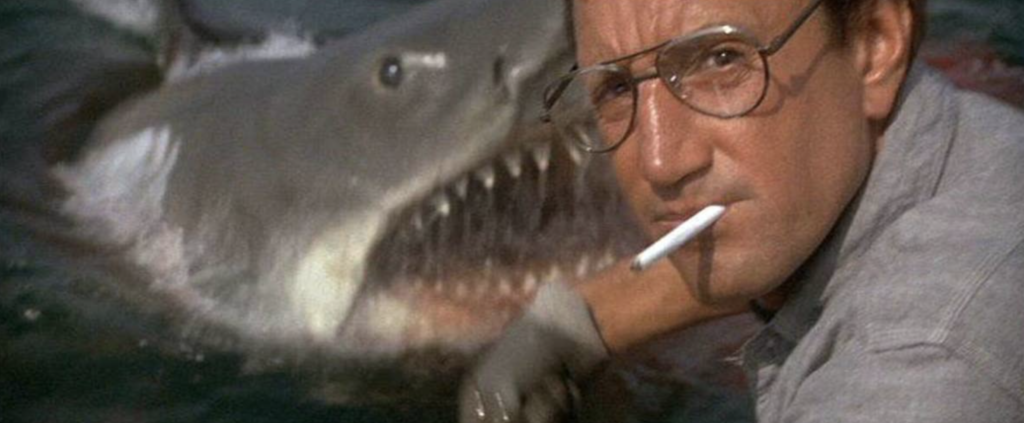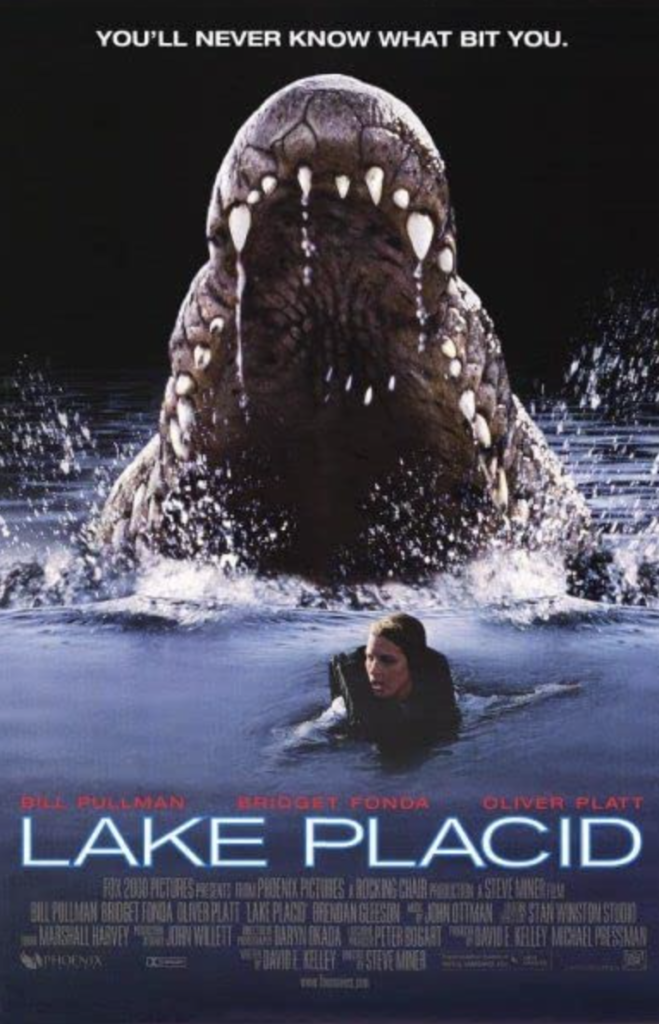I’m generally not that big on monster movies.
Modern ones, at least. I always enjoyed the Universal films from the early 1930s — Dracula, Frankenstein, the Wolfman (Larry, not Jack) and the others. I liked the later ones that brought them into contact with Abbott and Costello.
I was okay with the mutated insects of the ’50s — “Tarantula,” “Them” and the others, and George Romero pulled me into zombie movies in the late ’60s and early ’70s. I thought his second movie, “Dawn of the Dead,” was as good a satire of consumerism as I’ve ever seen.
The few surviving human were trapped inside that greatest of consumer symbols, the shopping mall, and the zombies were outside trying to get in.
“What are they doing? Why do they come here?”
“Some kind of instinct. Memory of what they used to do. This was an important place in their lives.”
Romero’s first movie, “Night of the Living Dead,” was one of the most successful movies essentially to come out of nowhere. He filmed it in 1968 with unknowns in and around the Pittsburgh area for a total budget of $114,000. And in an era when ticket prices were much lower, it grossed more than $20 million at home and abroad.
It and others like it had a cut-rate look to them, with no stars, cheap sets and inexpensive crews. Surprisingly, many of them hold up well, proving the value of good scripts from interesting stories.
Ironically, as better special effects — especially CGI — came along, the stories seemed to get worse. Some very good directors were said to have spent $100 million on special efforts and $10 on scripts. That’s not a typo — 10 dollars.
“Jaws” may have been the movie that killed classic monster movies, at least for a while. Stephen Spielberg made the movie in 1975 for about $7 million. According to figures on the Internet Movie Database, it grossed more than $76 million worldwide, and it had a barely believable looking monster.

That’s the reason Spielberg let audiences see so little of the shark. The more you saw it, the worse it looked.
Spielberg did much better 20 years later in his “Jurassic Park” movies, but the monster action that really impressed me was in the King Kong remake in 2005 when Kong battle two T-Rexes. There were literally half a dozen times in that fight that took my breath away. Of course, Kong has always been one of the great horror characters in movies.
So what’s the deal with “Lake Placid,” the picture on the home page that led you to this piece?
Start by saying it’s not a good movie. IMDB posters gave it a 5.7 rating (out of 10), which doesn’t compare to Jaws (8.0), King Kong (7.2) and the original Kong in 1933 with a 7.9 rating.
But it had some people in it I like, folks like Bridget Fonda and Bill Pullman. And I had been told Betty White was hilarious as a foul-mouthed old woman. She was just in her mid ’70s then, and I’ve like her all the way back to her role as a senator from Kansas in “Advise and Consent” in 1962.

She always seems to enjoy herself so much, which is pretty special when you’re 98 years old — 99 next month — and you’re still working. She’s actually one of the bad guys (spoiler alert) in Lake Placid, and while it’s tough to compare this movie to Jaws, I will say the 30-foot Asian crocodile is a lot more realistic looking than Spielberg’s shark.
Since “King Kong” in 1933, there is a genre of monster movies that focuses on animals that are much larger than others of their species. The original “Godzilla” film in 1954 had the monster taller than tall buildings in Tokyo, and the 1976 version of “King Kong” had the giant ape standing astride the Twin Towers in New York.
Somehow those creatures are just too big, at least to my sensibilities. The killer croc in “Lake Placid” is scarily large without being unbelievable, and enough people apparently liked it that there have been six sequels.
I think the one movie is enough for me.

